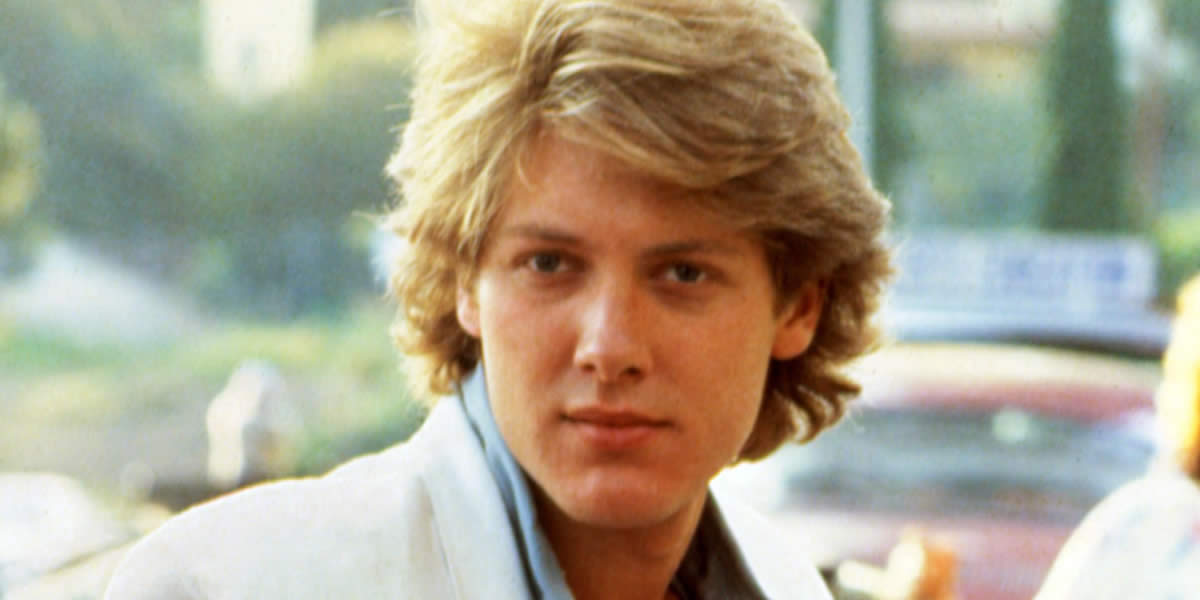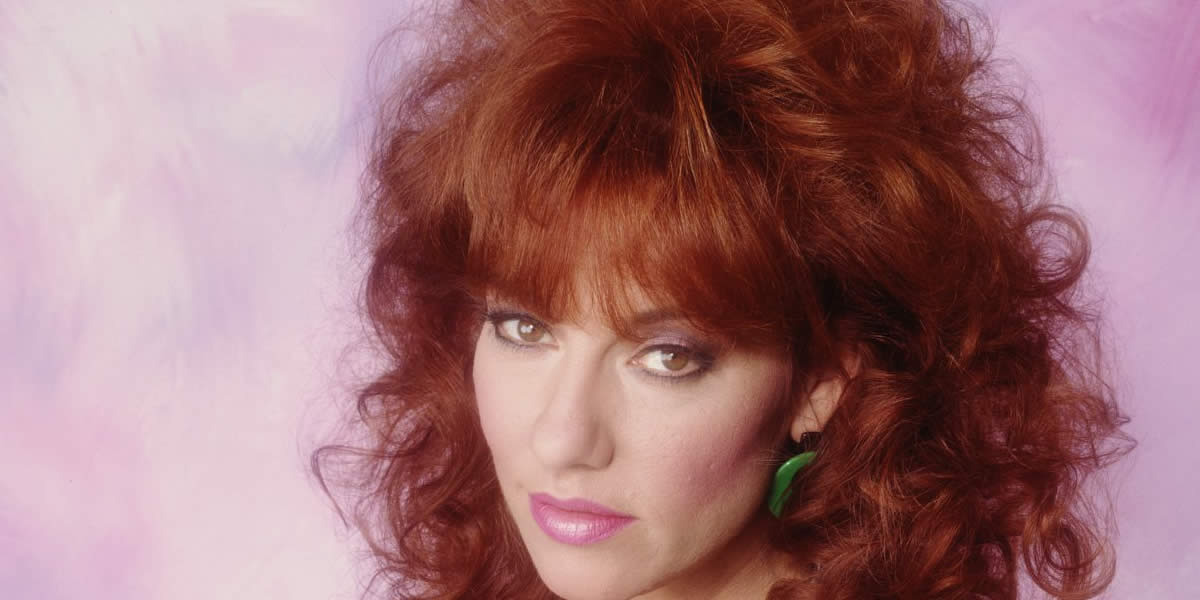Oversized sweaters were a popular mainstay of fashion of the 80s after they were introduced to the world in 1984 by Bill Cosby.
The 80s were full of bold choices, especially when it came to fashion. One of the most unique trends that defined the 80s was the oversized sweater . They were comfortable and cozy, yet provided color and created a bold statement. In fact, the oversized sweater quickly became a staple in just about everyone’s wardrobe. The proportions were exaggerated, but it was comfortable and casual, reflecting the carefree vibe of the decade. From pop stars to suburban teens, everyone had oversized sweaters in their wardrobe.
The 80s Shift to Oversized Sweaters in Fashion of the 80s There are so many changes both socially and culturally during the 1980s. There was a rise in consumerism after the 1970s oil crisis, due in part to the increase in disposable income. More and more families were seeking better entertainment, unique fashion, and a healthier, more casual lifestyle. Fashion of the 80s wasn’t just about practicality , it was mostly about making bold statements. The culture of the decade embraced the concept of individuality. Self-expression was a status symbol of the era, and this created the perfect environment for oversized clothing to thrive.
The sweater itself emerged during the power dressing movement, which celebrated a more exaggerated silhouette. Padded shoulders and sharp tailoring were becoming increasingly popular. And every time you turn on the TV, actors like Bill Cosby were wearing very colorful oversized sweaters covered with geometric patterns. The existence of oversized sweaters helped to represent a more casual and relaxed side of fashion of the 80s.
Oversized Sweaters – From Casual Comfort to Pop Culture The popularity of oversized sweaters in fashion of the 80s, cannot be over-emphasized. From casual comfort to bright colors and bold statements, the influence of pop culture was everywhere .
Casual Comfort During the 80s, people wanted to be more comfortable. They wanted clothing that kept them warm and made them feel better about themselves. And the bold colors found an oversized sweater filled that need. Soon, high fashion designers like Donna Karan, Ralph Lauren, and even Giorgio Armani introduced their own take on the oversized sweater. Sure, you could find them at any department store, but you would also find oversized sweaters in more luxurious materials like mohair, Cashmere, and wool. It was not just basic winter wear, the oversized sweater became a high-end fashion item.
Throughout the 80s, oversized sweaters were often paired with leggings or skinny jeans. Some girls even wore skirts with them. This created a balanced look that mixed the proportions of the upper and lower body. Big-name celebrities like Madonna and Jane Fonda embraced this trend. With their help, and countless other celebrities of the time, oversized sweaters quickly grew in popularity to become one of the key fashion statements of the decade.
Bright Colors and Bold Patterns in Fashion of the 80s Two of the biggest hallmarks of fashion of the 80s were the use of geometric patterns and bold, neon colors. The key trademark of any good oversized sweater was the eye-catching geometric shapes, that were needed in each one. Often using, neon colors, these geometric shapes were eye-catching. They simply reflected the culture and fashion of the decade perfectly.
At the forefront of the oversized sweater trend were brand names like Esprit and Benetton. During the mid to late 80s, both manufacturers produced a wide variety of options that were more appealing to younger customers. Teens of the era often paired a knitted oversized sweater with leg warmers, high-top sneakers, and other chunky accessories. This created a look that was fun and rebellious at the same time. And, thanks to the very bold patterns and neon colors, traditional fashion norms were broken forever.
The Influence of Pop Culture on Fashion of the 80s When it comes to the influences of pop culture, many trace the popularity of the oversized sweater to The Cosby Show. Bill Cosby who played Cliff Huxtable in the show, was often seen wearing a knitted sweater that featured colorful geometric patterns. In fact, another name for the oversized sweater was the Cosby sweater.
Soon after pop icons like Cyndi Lauper and Whitney Houston also began to sport oversized sweaters. During the mid-1980s, they could be seen wearing oversized sweaters in their music videos. This helped to blend other elements of fashion of the 80s like big hair and chunky accessories. As these images were broadcast to the public by MTV, they became an accepted mainstay. Soon, oversized sweaters became the must-have fashion of the 80s.
The Popularity of Oversized Sweaters Without question, designers like Donna Karan and Ralph Lauren were instrumental in bringing the oversized sweater to the masses. While Bill Cosby’s character on The Cosby Show introduced the world to oversized sweaters, they would not have been as readily accessible if it weren’t for the manufacturers who produced them.
As the 80s evolved, so too did the look and feel of oversized sweaters. Madonna as well as Cyndi Lauper used them to showcase their own unique styles and bold choices. Together with Bill Cosby, they helped to redefine the casual and cozy fashion of the 80s.
What Happened to Oversized Sweaters Although oversized sweaters had a lasting impact on fashion culture throughout the 80s, they eventually fell out of favor by the mid-90s. The design played a role in promoting the idea that fashion didn’t have to be purely practical, it could be comfortable, cozy, and relaxed. One didn’t have to sacrifice style in order to feel more laid back. The style did make a comeback in the early 2000s, but much as it had in the 80s, it quickly faded out once again.
Conclusion When it comes to fashion of the 80s, oversized sweaters were one of the most iconic trends. This comfortable, bold, and creative dress style was truly unique in the 80s and helped to reshape an entire generation. The oversized sweater helped to pave the way for future innovations in fashion, leaving it as an enduring legacy of the decade.




